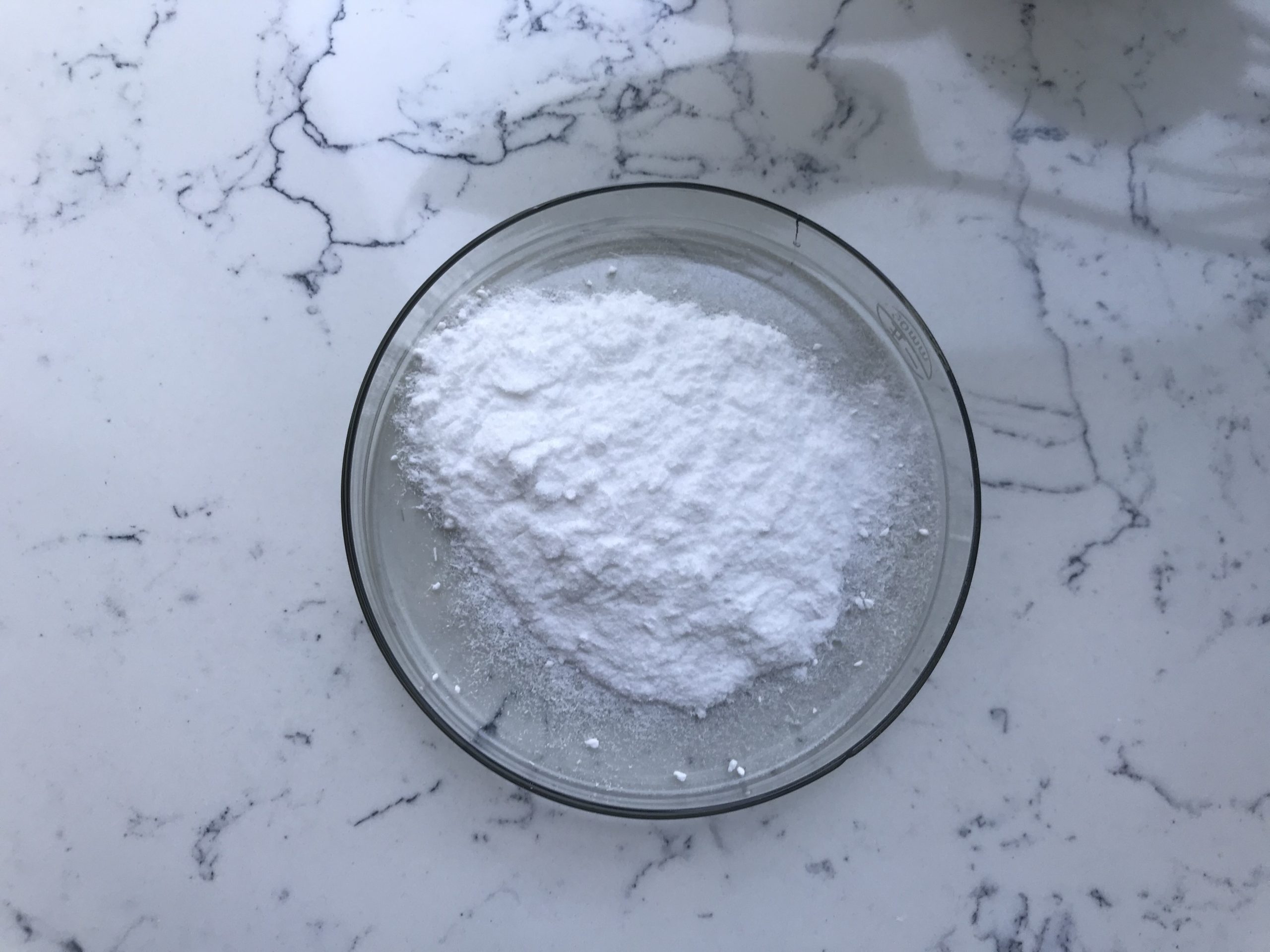As of my last update in September 2021, Beta Arbutin is a skin-lightening agent and is commonly used in cosmetic products. It is a derivative of hydroquinone and is known for its ability to reduce the appearance of hyperpigmentation and dark spots on the skin.
Below is a general outline of the material and method for the synthesis of Beta Arbutin. Please note that the actual synthesis may involve specific equipment, reagents, and procedures that should be carried out by trained professionals in a controlled laboratory environment. Also, the information provided here might be outdated, and it is essential to consult up-to-date literature or experts for the most accurate and reliable protocols.

Material of Beta Arbutin:
1.Hydroquinone (1,4-dihydroxybenzene) – starting material
2.Potassium hydroxide (KOH) or another base
3.Appropriate solvent (e.g., water, ethanol, etc.)
4.Reactor or vessel suitable for chemical reactions
5.Heating and stirring equipmen
Method of Beta Arbutin:
1.Dissolving hydroquinone: Start by dissolving hydroquinone in an appropriate solvent (e.g., water or ethanol) to form a homogeneous solution. This step can be facilitated with gentle heating and stirring.
2.Adding a base: Once the hydroquinone has dissolved completely, add the appropriate amount of a strong base, such as potassium hydroxide (KOH). The base serves as a catalyst for the reaction.
3.Reaction: Heat the reaction mixture under controlled conditions, usually in a closed reactor or vessel, to promote the reaction between hydroquinone and the base. This process leads to the formation of Beta Arbutin.
4.Monitoring progress: Monitor the progress of the reaction regularly to ensure the desired conversion of hydroquinone to Beta Arbutin is achieved.
5.Work-up and purification: After the reaction is complete, the mixture is usually subjected to work-up procedures, which involve neutralization of excess base, solvent removal, and purification to isolate the Beta Arbutin product.
6.Drying and storage: The purified Beta Arbutin is dried thoroughly to remove any residual solvents or impurities. Once dry, it is typically stored in a dry and airtight container away from light and moisture.
It’s essential to emphasize that the synthesis of Beta Arbutin involves the handling of chemicals and should only be conducted by individuals with proper chemical knowledge and laboratory experience. Additionally, the process might be patented or protected, so it’s crucial to check for any relevant patents or intellectual property rights before attempting to produce it commercially.
